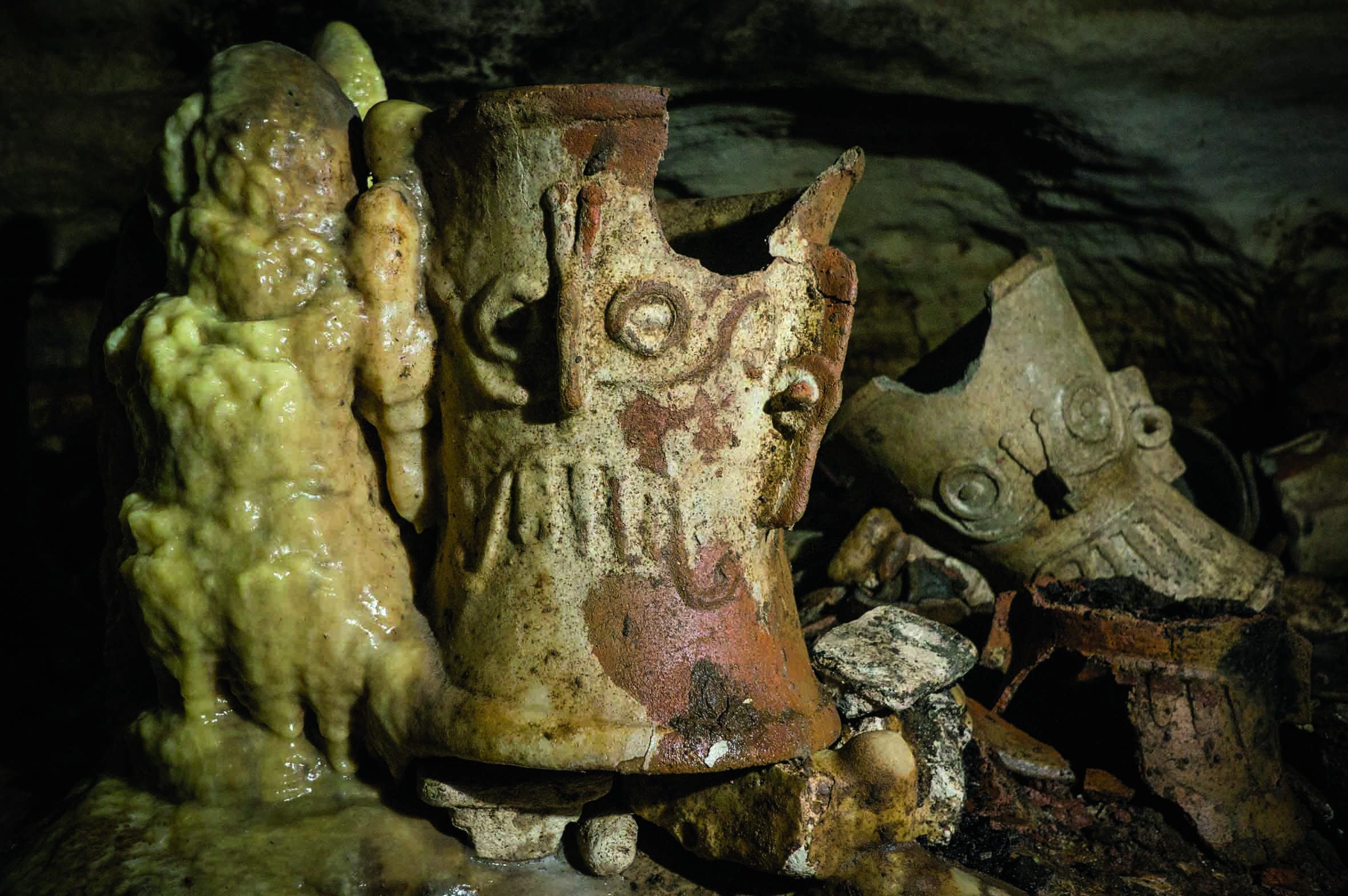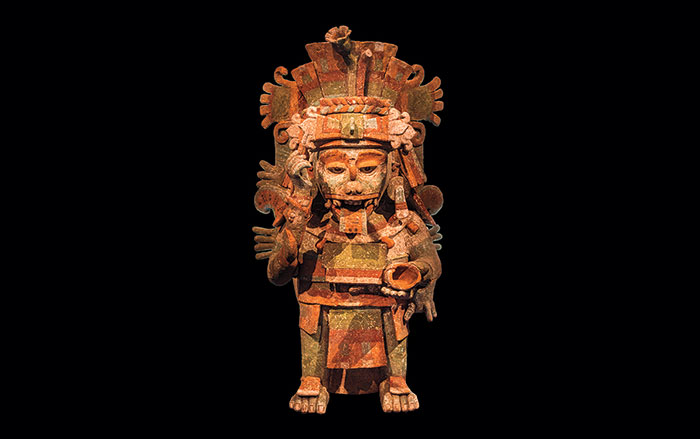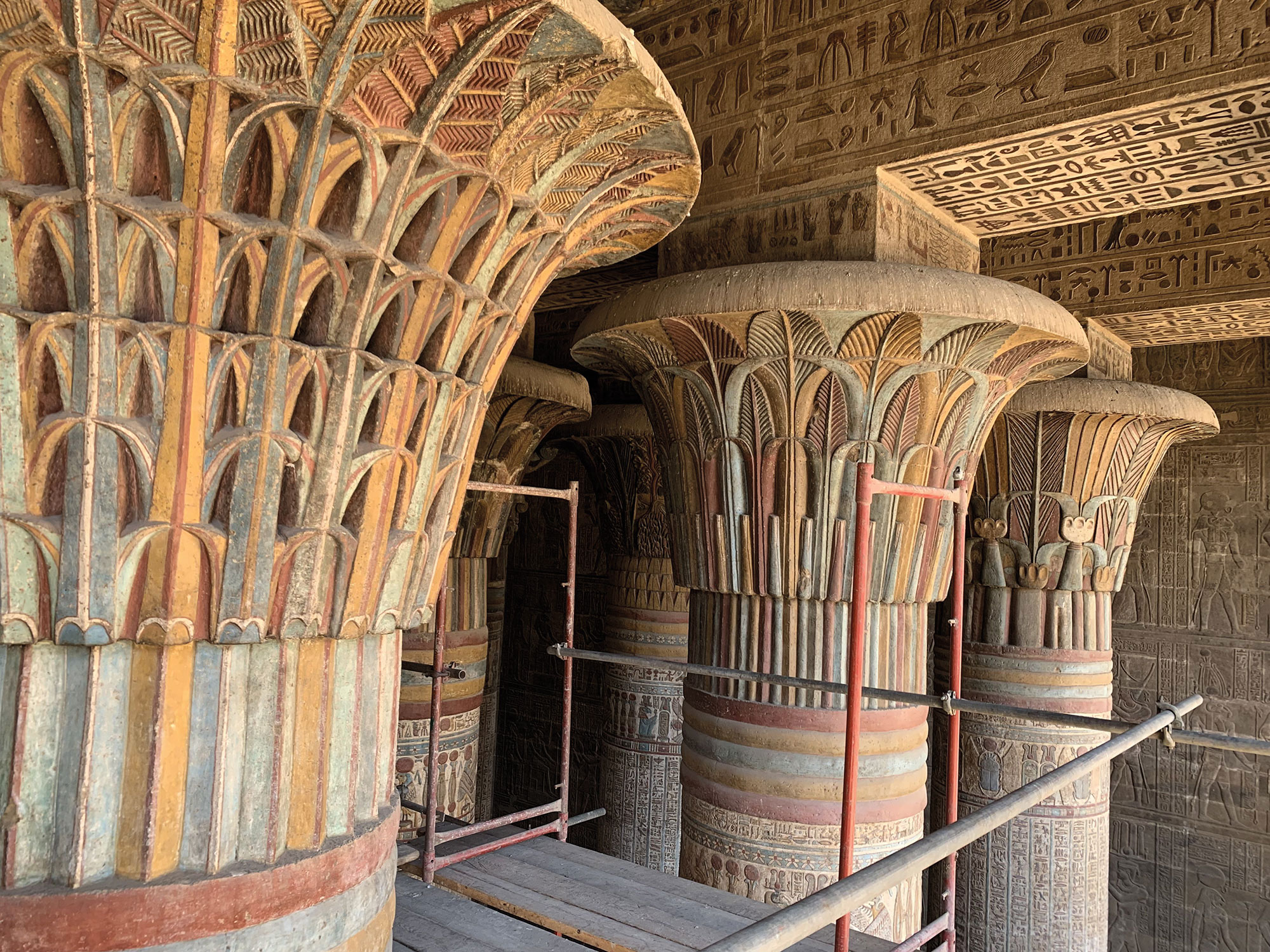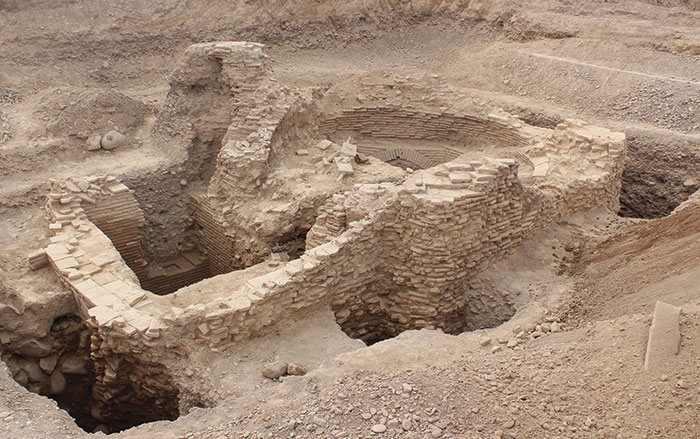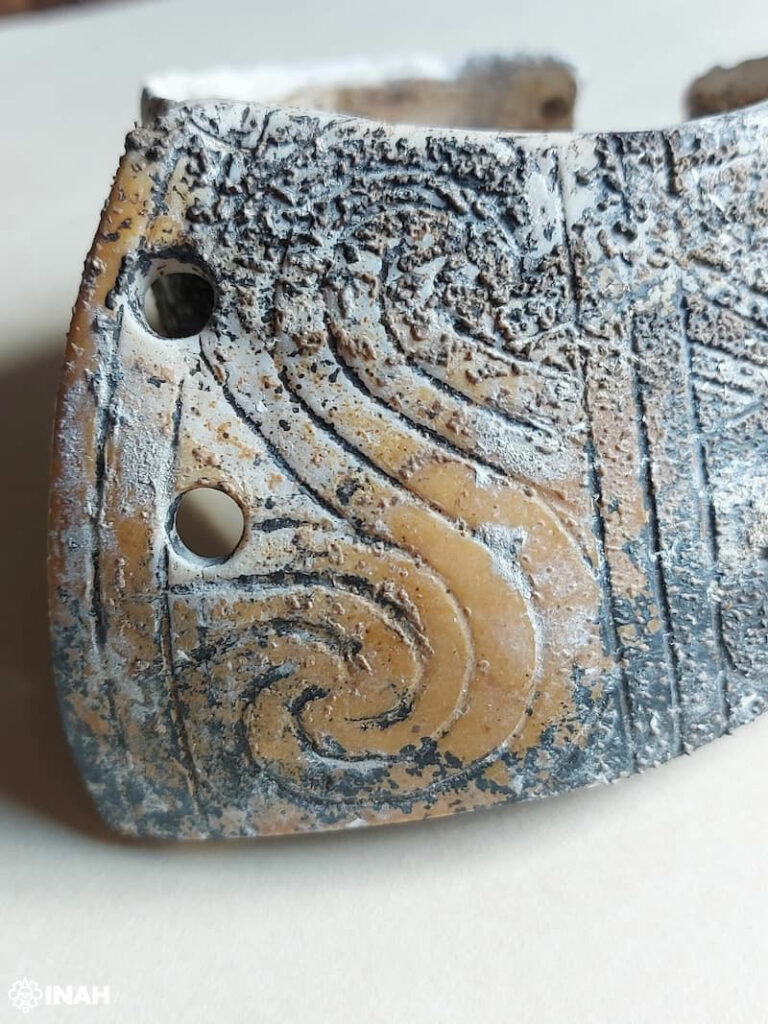
TLAYOCO CAVE, MEXICO—La Brújula Verde reports that Mexico’s National Institute of Anthropology and History (INAH) announced the recovery of a unique offering deposit that could re-write parts of Mexico’s pre-Hispanic history. Experts from INAH were summoned to a recently discovered deep passage in the Tlayoco Cave site in Guerrero, where they identified a number of artifacts that were left in the hidden chamber between 950 and 1521. These included finely engraved shell bracelets, a giant snail shell, and black stone discs similar to pyrite mirrors. The archaeologists also noticed that the cave’s stalagmites had been modified to give them a more spherical shape, suggesting the site was used for ritual ceremonies centuries ago. The objects were likely left by a little-known people called the Tlacotepehaus. “This sealed context allows us to understand how the ancient inhabitants conceived of these caves as portals to the underworld or as sacred spaces connected to the earth and the divine,” said INAH’s Reyes Alvarez. To read in-depth about people who lived in Mexico during the same period, go to "Cliff Dwellers of the Sierra Madre."



